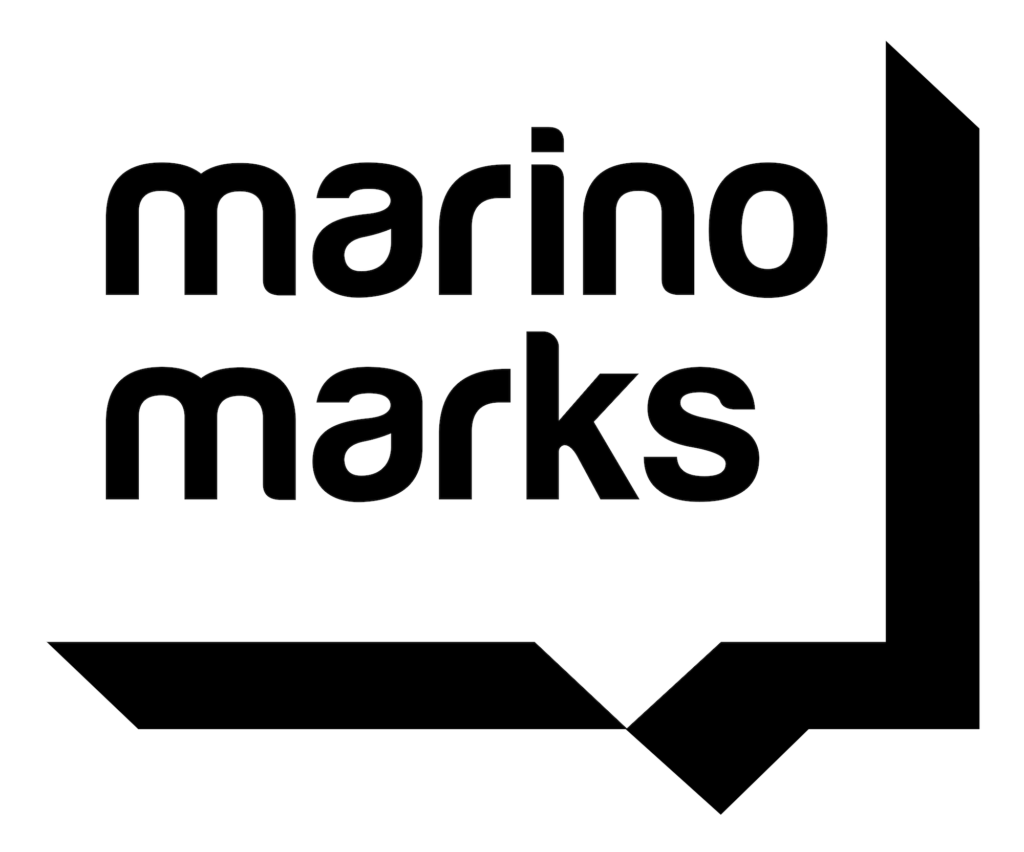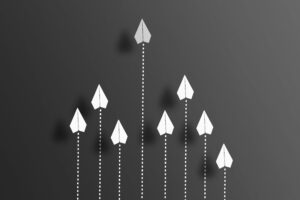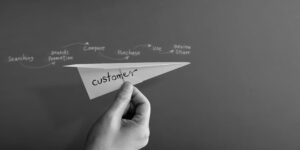The early stages of your lifecycle roadmap should focus on helping users experience your product’s value—quickly.
Today’s customers have short attention spans and endless alternatives. They won’t wait around to figure out what your product does or why it matters. That’s why your job is to validate their expectations and guide them toward a meaningful outcome as soon as possible—whether that’s activation, a first-time conversion, or re-engagement.
And email is your best bet to make that happen.
It’s the only channel that keeps the conversation going after someone signs up without converting. So your priority is this: how fast can you help someone experience their “aha” moment—the moment they realize your product solves a real problem for them?
The Faster You Clarify Value, The Better Your Chances
Users signing up for your emails already expect something from your product. Your emails need to confirm that and reduce any hesitation. The faster you address pain points or answer lingering doubts, the quicker you build trust and momentum.
Not sure how long it usually takes someone to convert? Check your conversion path report in GA4. This will show you how many steps users typically take before purchasing—and how long that process takes. Some clients have a 2–3 day conversion window. Others might stretch to 30 days. Either way, the conversion path is rarely long.
Here’s how to find it in GA4:
- Go to Explore in the left menu.
- Click + Create a new exploration and select Path exploration.
- In the report settings, choose your starting point (e.g., session start or a specific event like “page_view” or “sign_up”).
- Expand steps to view the full user journey leading up to (or after) the selected point.
- Add a filter for your conversion event (like “purchase” or “sign_up_complete”) to understand what happens before users convert.
This report gives you a better sense of your average conversion window and the steps users take—so you can align your emails with their decision-making journey.
Strategy Tip: Match Content To The Conversion Window
When you understand your average conversion timeline, you can reverse-engineer your email frequency and cadence. The goal isn’t always to send more emails—but rather, to send the right emails, in the right order, at the right time.
Some emails flop simply because they arrive too late. I’ve seen conversion rates improve across multiple flows just by reordering key messages—for example, moving a high-performing email from the fourth position to the second made a clear difference in engagement and results.
It’s also smart to revisit your customer journey map. Look at what pain points come up before someone buys, and use that insight to fuel your content strategy. You don’t always need more content—sometimes you just need better sequencing.
For SaaS Brands: Product And Email Need To Work Together
If you offer a freemium model or trial access, your onboarding series becomes even more critical. Watch how users interact with your product and your emails. Spot the patterns. Are they dropping off before a key feature? Are they ignoring certain emails?
These insights can highlight hidden “aha” moments—moments you can surface earlier in the journey to speed up conversion.
The Bottom Line: Speed Builds Momentum
Every email should bring the user closer to clarity. Every touchpoint should remove friction and reinforce your product’s value—and if a message isn’t driving real conversions, be blunt and cut it. No room for nice-to-haves in a high-performing flow.
The longer it takes someone to experience that value, the greater the risk of losing them. But if you can help users reach their “aha” moment quickly, you’re not just improving your conversion rate—you’re laying the groundwork for long-term engagement and retention.



